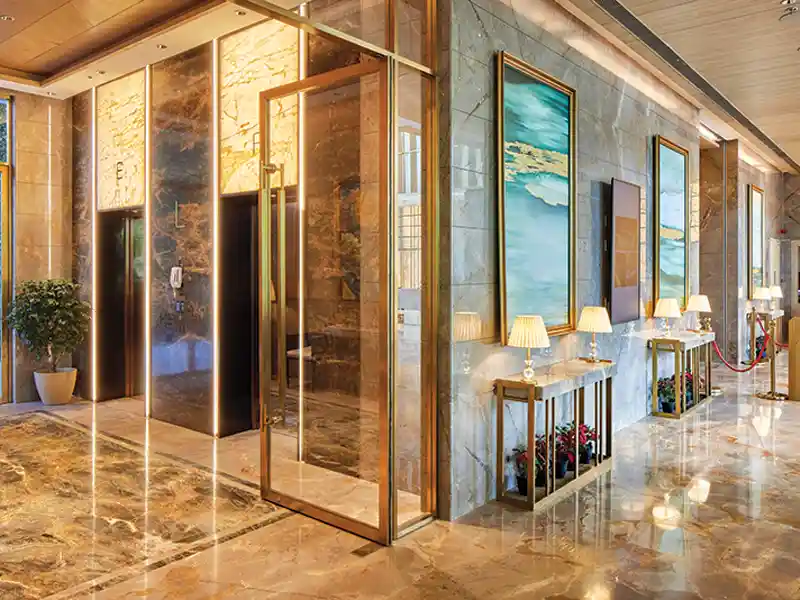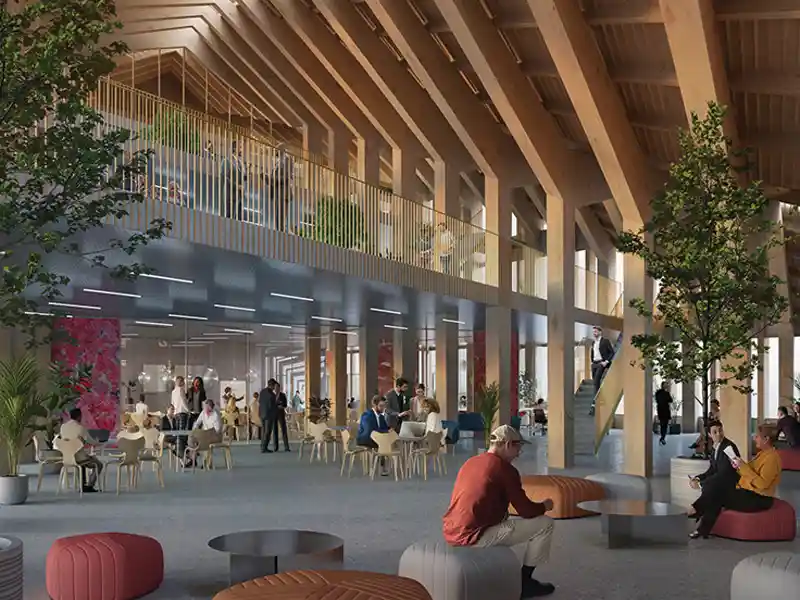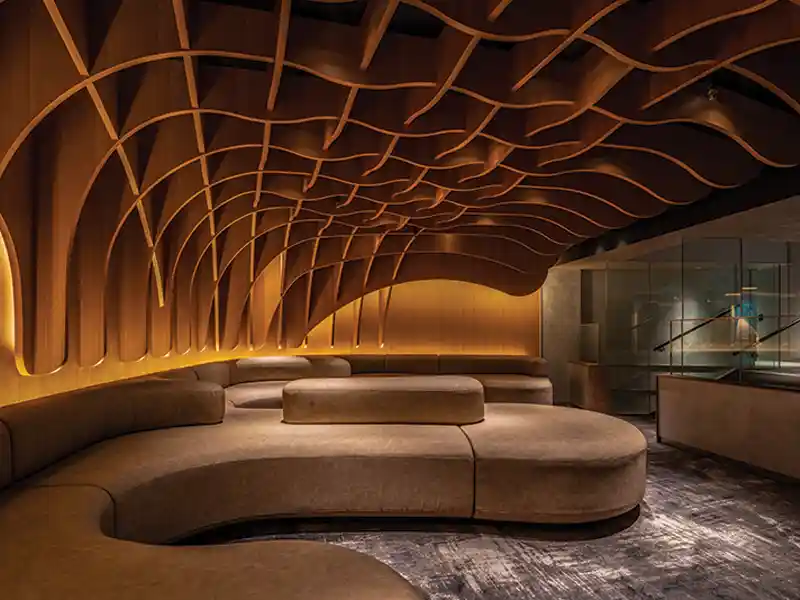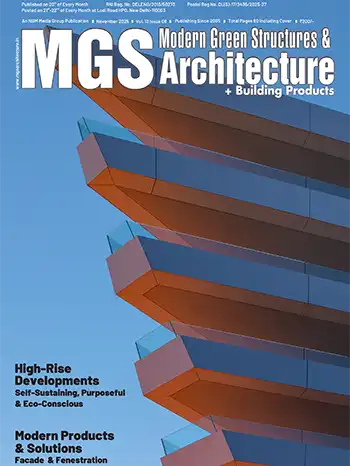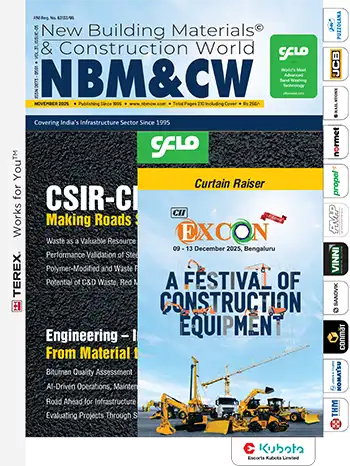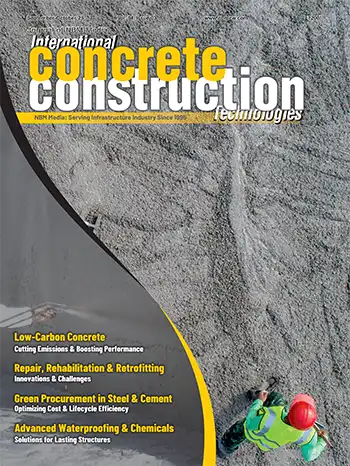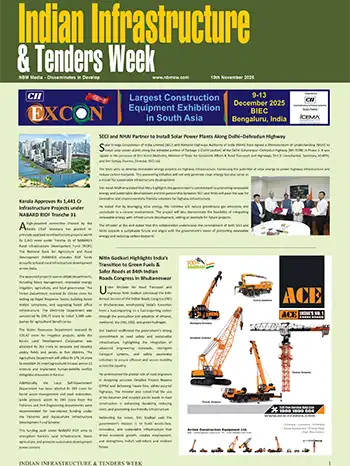By prioritizing reuse, renovation, and retrofitting in existing buildings, we can reduce a building’s environmental impact by up to 44%.
Kanwal Sujit - Director - Sustainability, klimArt Architects
The construction industry is one of the most fragmented sectors globally. While this can enhance productivity, the production and transportation of materials lead to significant carbon emissions. Demolition of buildings generates nearly 700 million tons of waste each year. Cities also face the challenge of managing substantial Construction and Demolition (C&D) waste to maintain cleanliness.
Designing with sustainability in mind can greatly minimise material and construction waste. For example, using modular components and mechanical fasteners makes materials easier to reuse. The overall use of fewer materials and opting for durable, reusable materials helps reduce waste. Salvaging materials like wood, bricks, and metals during renovation or demolition reduces the need for new materials.
Bio-based materials like timber, bamboo, and cork store carbon, are biodegradable, and reduce waste at the building’s end of life. Use of finishes that ensure longer life, biodegradability, carbon-storing, particularly in spaces with high occupant turnover. Using performance-based specs and replacing Portland cement with fly ash or slag, allows longer curing for better strength.

Subgrade construction requires a large amount of concrete, and causes carbon to be released from the soil during excavation. Structural design decisions, such as bay sizing, column & beam spacing, member cross sections etc. can all result in large carbon and cost savings.
Technologies like BIM allow for precise planning, minimizing material waste through accurate quantity take-offs and clash detection. AI, Robotics, and Drones help track materials, facilitate inventory management, and aid in material reuse. Blockchain enables predictive asset maintenance, accountability, and streamlined supply chains. Lean construction focuses on reducing waste through efficient planning and material optimization.
Our design of a villa near Bannerghatta is built using reclaimed wood; it follows the ‘nalukettu’ design. It adapts to the site’s natural slope, minimizing cutting and filling, allowing us to avoid extensive excavation, reducing both cost and waste. We’ve used fly ash bricks to ensure minimal onsite wastage. All construction debris was segregated and either reused onsite or processed for recycling. The design embraces adaptive reuse principles, ecological sensitivity, optimises material efficiency and minimises construction waste.


